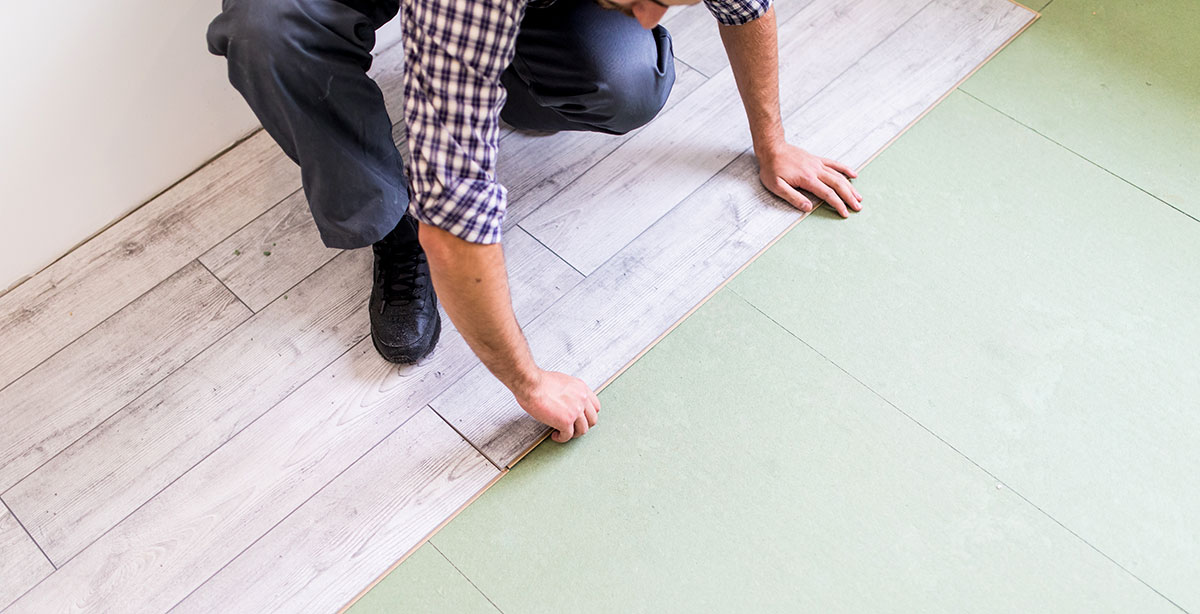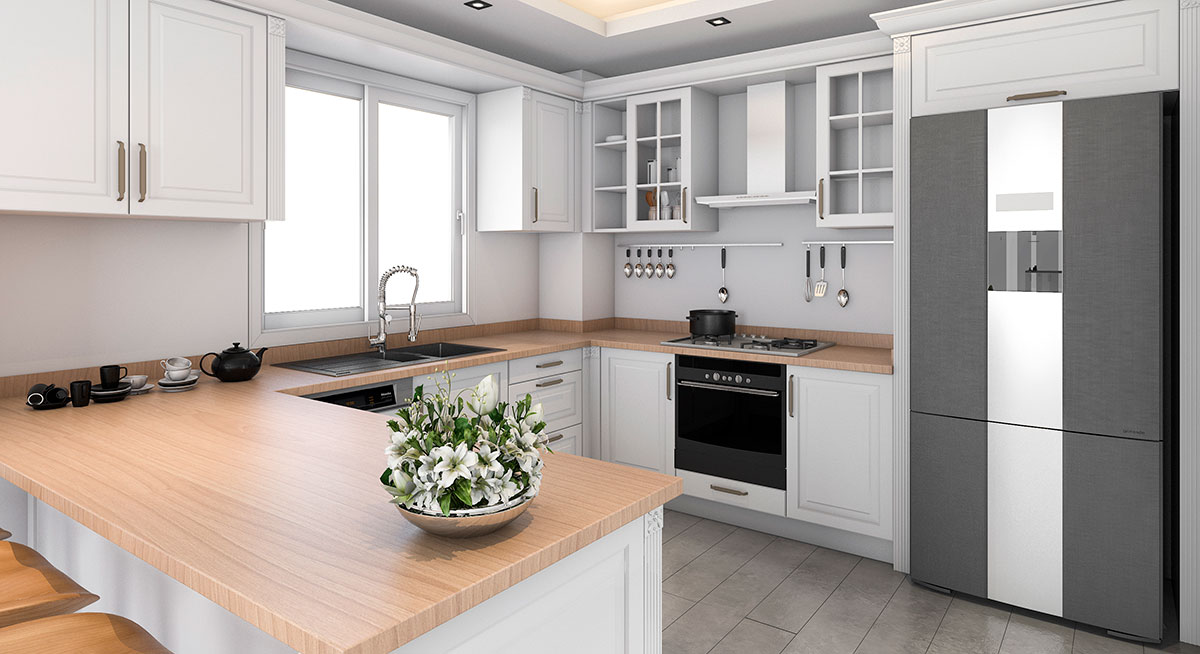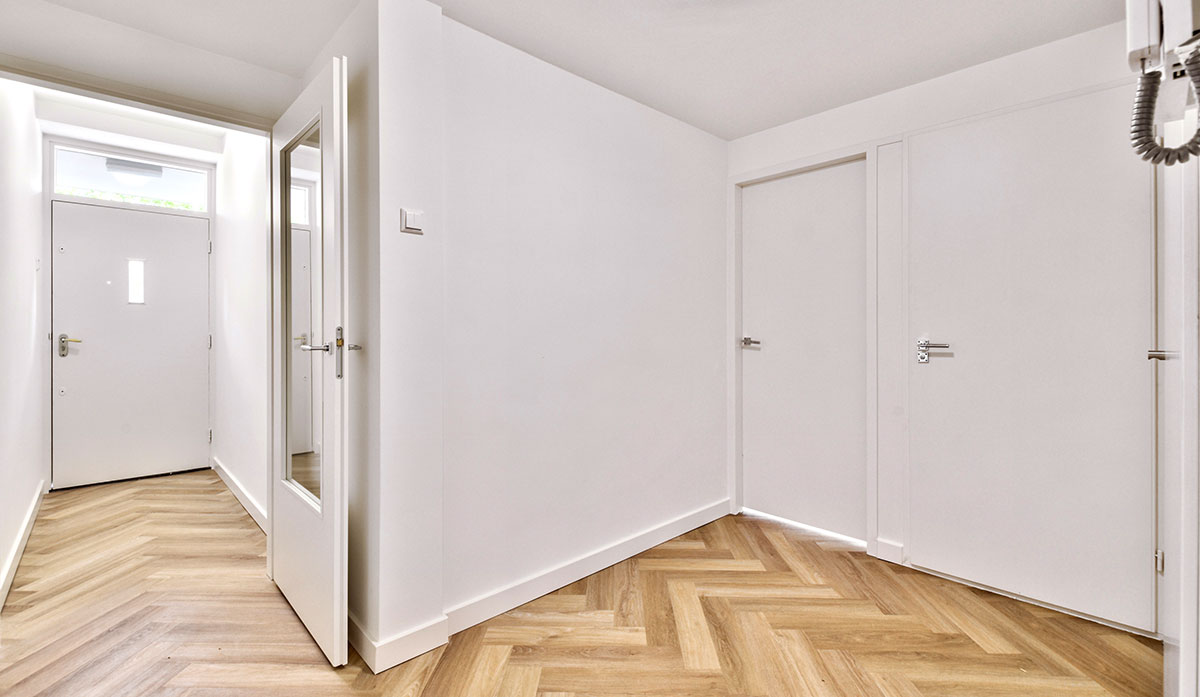
How To Get A House Rent Ready – 2
If you are mulling over renting out your property, let us discuss ways to get House Rent Ready in Las Vegas, you have probably got dollar signs in your mind. But landlords beware! Preparing your property ready for rent can be an incredibly overwhelming experience, especially if you don’t know where to begin.
As a novice landlord, your mind must be brimming with loads of questions. How do you make your home look appealing to your potential tenants? What are the fundamental repairs you should consider before putting out the “for rent advertisements”? Are there ways to turn your property tenant-proof? And most importantly, how do you determine the net tax implications during the whole process?
Tackling all these crucial details may sound daunting, but we are here to help you.
Whether you are a professional investor or an aspiring landlord, my comprehensive guide will assist you in handling the whole preparation process with much convenience to get house rent ready. Besides this, it will also enable you to streamline your turnovers and keep away from squandering your dollars on unnecessary renovations on your property.
Tenant-Proofing Your Property- Get your House rent ready
One of the first tips for aspiring landlords would be to tenant-proof their property. While it is practically not possible to completely tenant proof your property, you can still take some steps to mitigate damages and turnovers when preparing your house rent ready.

1) Floors
Personally, we prefer hardwoods in our rentals. It might oppose the recommendations of the majority of the landlords out there but hardwoods give an excellent look. It also meets the expectations of the target renters.
Many renters find laminates cheap and carpets too don’t appeal to them much since they might collect odor and require cleaning after every turnover. That’s when hardwoods come to your rescue by attracting your prospective tenants. It doesn’t give a great feel but also requires refinishing after every 5 years or so.
Apart from this, here are some additional tips for flooring while making your house rent ready:
- Do not use engineered hardwoods with grooves in areas with high traffic congestion.
- Alternatively, you can use carpet runners in traffic hallways. It will keep scuffs and scratches at the bay.
- You will need some percentage of carpet to mitigate sounds if you lakeside in a condo. But you can also try area rugs.
- Vinyl planks and tiles in bathrooms and kitchens can help you overcome water damages and make easy fixes when required.
- Brian Davis from Spark Rental recommends using a shoe rack in your entryway as a subtle reminder for visitors to protect the flooring.
2) Kitchen
Since the kitchen areas of our home are always bustling with activity, it undergoes a lot of wear and tear. You don’t want to have fragile and high maintenance finishes every now and then. Therefore, you should seal your granite countertops and stainless steel appliances after every six months.
However, market competition is another factor which influences your options for the kitchen area. Due to high market competition, your renters might even anticipate top-notch items. In such scenarios, you should choose for highly durable finishes.
For instance, you could go for quartz countertops which are more heat-resistant and do not require sealing every now and then. In the long run, a slate finish on your appliances can also come to your rescue.
Laminate countertops fare better than any other option for lower end homes since they can survive the longest and endure regular wear and tear. In this way, you can make house rent ready.
While remodeling your kitchen, make sure to avoid the following items:
- Sprayer hoses in the sink area as it breaks easily
- Don’t use porcelain sink as it easily chips with sharp objects around
- Avoid cheap faucets since they can easily break
- Try to avoid butcher block or marble countertype as they need high maintenance
- Engineered hardwoods as they collect grimes which is difficult to clean
- Don’t keep trash compactors since they are not durable.
- Replace your cheap cabinets since tenants can instantly damage them
- Don’t use expensive cabinets since they can eventually get damaged.
3) Walls and Doors
Here are some simple ways to protect your walls and make quick and cost-friendly turnovers, and make your house rent ready:
3-1) Paint
Giving your home a final touch with the right paint is a great way to protect and ameliorate your walls. It would be excellent if you use an egg shell finish for your bedrooms and living area. Egg shell finish allows you to clean up minor scuffs and doesn’t reveal any impaction like a semi-gloss finish. You can also go with a flat ceiling finish for these spaces.
We would advise you to consider egg shell finish in the kitchen area, bathrooms and your closet. It withstands wear and tear better than other finishes. Not only this, but you can also wash it to remove grease buildup. It also includes the ceiling part.
You can choose a semi-gloss finish to protect your walls from defects, and make your house rent ready.
3-2) Doors
You should consider a door stopper for every door in your house. We would recommend you to consider hinge-pin door stops for your rental since it gives protection to your doors, without showing or impacting the aesthetics of your door.
It is a good idea to install kick plates at the bottom of doors on the entrance since people tend to kick the main doors when their hands are full. In the long-run, it keeps all the hassle of refinishing your doors at the bay. In this way, one can make house rent ready.
You can also choose solid core doors if you have a big budget. These doors are costly but after installing them, you don’t have to worry about your tenants putting their fists through these doors.
4) Racks and Shelves
It would be best to mount your racks and shelves to a stud. This helps you steer clear of golf-sized holes.
5) Windows
5-1) Screens
A window screen is one of the most crucial aspects of your window as it covers the opening of your window. Therefore, it is important to choose screen material which can withstand regular wear and tear. Mostly, aluminum screens are the best choice for windows. Tenants also prefer it.
In addition to this, select a heavy duty screen material for screen doors. Find the one which is top-rated for pets. Heavy duty screens are also best for all those individuals who try to walk through high visibility ones. Alternatively, you can choose plexiglass as a substitute for window screens. In such a way, one can make house rent ready.
5-2) Window Treatments
A rule of thumb for window treatments is to never allow your tenants to do it and do not pre-install window treatments in your rentals. It will not only enhance their security but also protect your walls from getting damaged.
Moreover, don’t settle for low-quality blinds or vertical blinds. We would rather recommend using blackout shades in bedrooms. These shades help to a serene sleeping atmosphere. You can choose similar blinds for your living spaces. Or perhaps, you can also use curtains. This tip can make house rent ready in less time.
Other Tenant-Proofing Tips
If you are looking forward to make your life free of hassle down the road, follow these simple tips for tenant-proofing and making house rent ready:
- Remove or keep your chains on ceiling fans short since kids and adults rip them out
- Choose dark grout colors to hide the stains on the wall
- Opt for a narrow grout line
- Use LED or CFL light bulbs as an alternative to keep yourself away from future troubles
- Choose a dual fan and vent combo for bathrooms and connect them with a single wire
- Go with the innovative Fluid master Universal instead of traditional flush mechanism
- Install contact paper under sinks which keep you away from water stains and damages
- Make landscaping easier by considering hardscaping, mulch and rocks
- Do not keep high maintenance plants, shrubs or trees in your property like magnolias and weeping willows, this will make your house rent ready in less time.
Tax Implications of Pre-Rental Expenses
Owning a rental property is an extremely lucrative business. One of the biggest advantages that comes with owning a rental property has to be tax deductions.
The first year of every prospective landlord is make-or-break time for tax deductions. Therefore, you should always plan ahead of time to save yourself from taxes.
Here are two important factors that can help you determine proper tax treatment for the net costs incurred while making house rent ready.
1- House Rent Ready Date
The first factor that comes into play in determining your tax treatment is your rent ready date. This is the date when your rental property is all set for getting placed into service. It is a significant turning point for tax purposes. Therefore, any maintenance or operational costs involved before placing your property in service should be considered. All these expenses are eligible for being expensed after the rental date.
According to the IRS Pub, when a property is initially “put in a state or condition of preparation or availability for a specified purpose”, it is considered to be “put into use or service”. For additional information, consult IRS Pub 527 (page 6).
For novice land owners, it implies when your property is all set to be occupied by a tenant. It is important to highlight that it doesn’t mean your property is actually being rented. It should be House Rent Ready.
EXPERT ADVICE: It is always a good idea to record the date you have put your property into service. Make sure you have documents and copies of the listing and tenant screen meetings for proving the rental date for later purposes.
Start Up Expenses
You must be wondering what about the operational costs that are involved before placing your property out for service?
You have the choice to capitalize or amortize any operational costs which include repair and maintenance expenditures, that happen before the service date over a period of 15 years.
$5,000 Regulation
Fortunately, some of these costs can be written off immediately rather than waiting for 15 years. This tax legislation permits a one-time start-up expense deduction of over $5,000. However, any sum exceeding the $5,000 threshold should be amortized over the next 15 years.
$50,000 Regulation
But there is one issue. This one-time start-up discount gradually disappears if your start-up costs are higher than $50k. It is a dollar-for-dollar phase out.
For instance, you could only write-off $3000 of your start-up expenses in the first year of your net expenses of $52,000. The remaining balance of $49,000 needs to be amortized over time. Usually, this regulation doesn’t apply to unintentional landlords but it is essential to be aware of this limitation.
2- Capital vs. Operating Rent Ready Costs
The second aspect that impacts your tax treatment is the type of expenses.
You can only attribute operating costs as start-up costs. To put it in another way, costs that are typically eligible for in-year expense treatment can be regarded as start-up costs.
Costs that are involved in improving the value of your property or capital expenditures must also be included in the cost basis. In case of residential properties, this cost basis is discounted progressively over the next 27.5 years.
EXPERT ADVICE: Plan your tax deductions to save your cash within the first year of operation by using the Punch List Priority Matrix. Put all the superfluous repairs and renovations on hold until you place your rental property into service. Once your property is rental-ready, these can be expensed. Moreover, it would be better if you keep your initial start-up costs to $5000 to reap maximum benefits from the in-year deductions.
Final Thoughts
Analyzing your existing property condition and addressing rental repairs is a struggle for all the prospective landowners out there. It can be difficult to single out what are the right amendments to make vs what appears attractive. Many new landlords are tempted to invest in extra renovation activities to make their properties appealing.
That’s when a Punch List Priority Matrix comes in handy and effectively helps you scour through your long checklist and sort out repairs that add value to your rental business.
While scouring through your Punch List, choose the protective measures that will tenant-proof your property. You will see these repairs and renovations paying for themselves instantly and in cost-effective turnovers.
Not only this, but this Punch List Priority Matrix will also help you save your taxes in the first year by using the Start-Up tax deductions.
Looking for More Landowner tips?
Accidental Rental monthly newsletter provides more money saving tips and exclusive offers. Sign up today to never miss any update!


